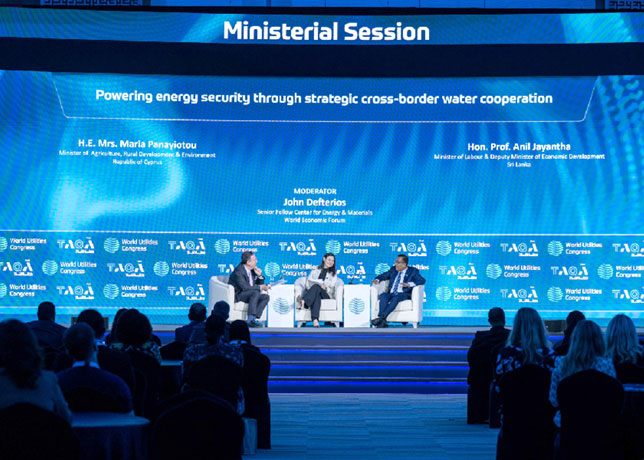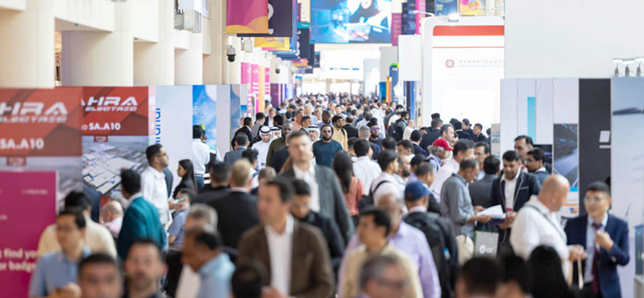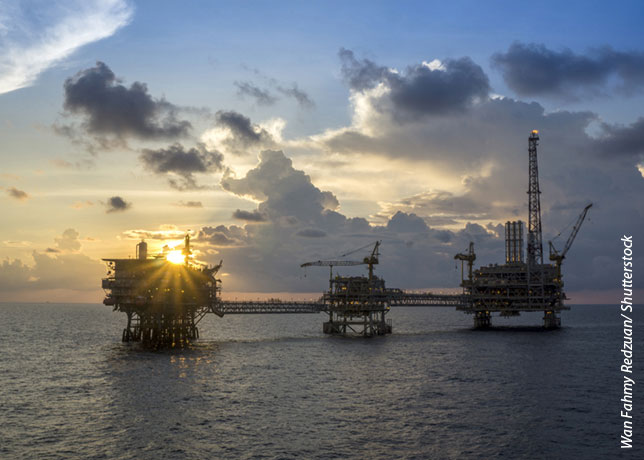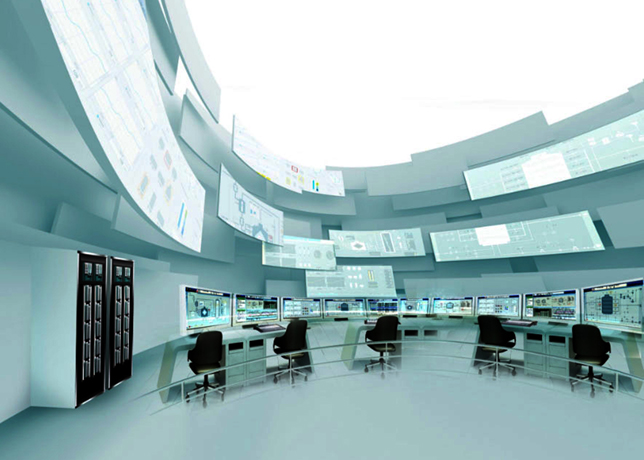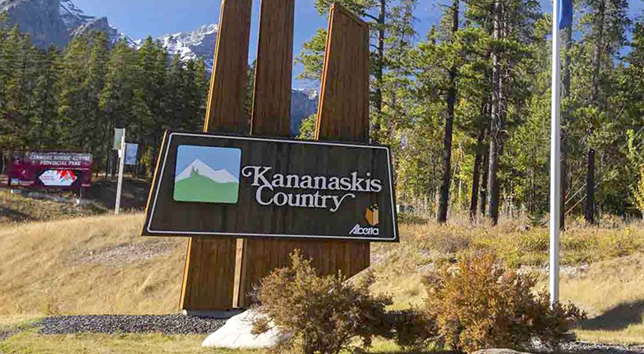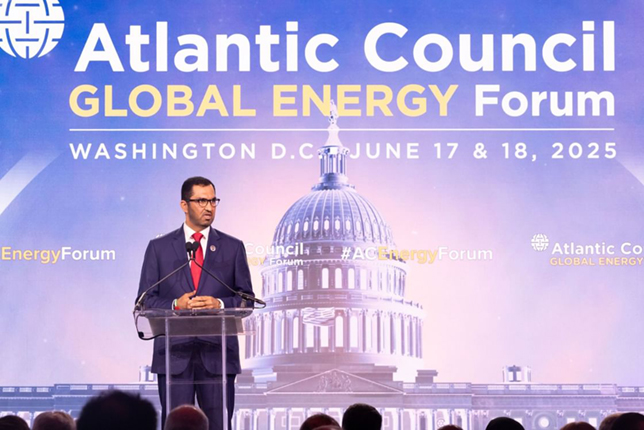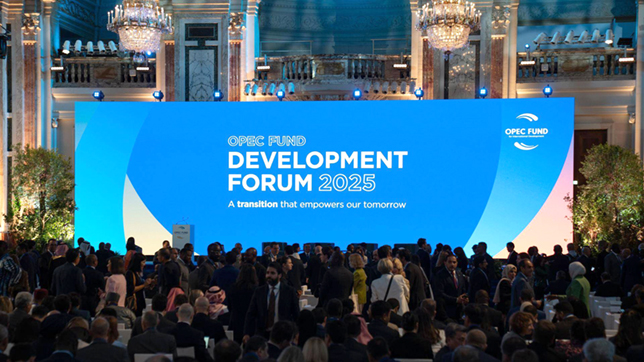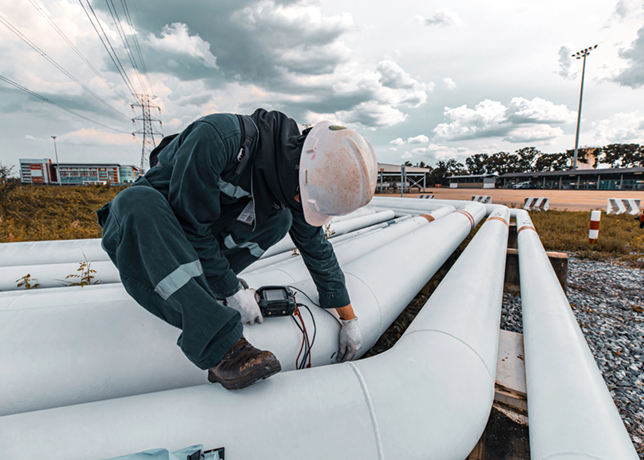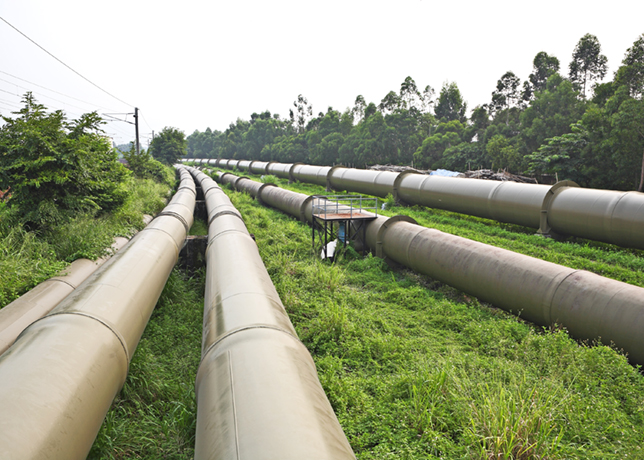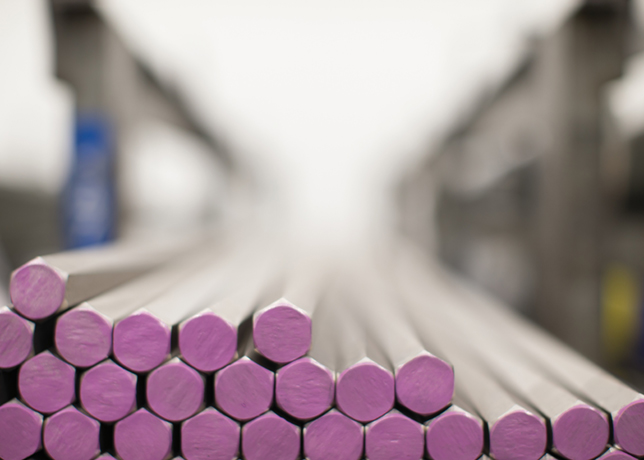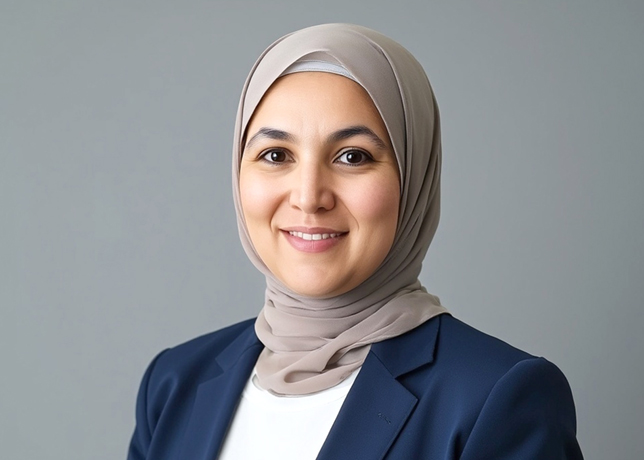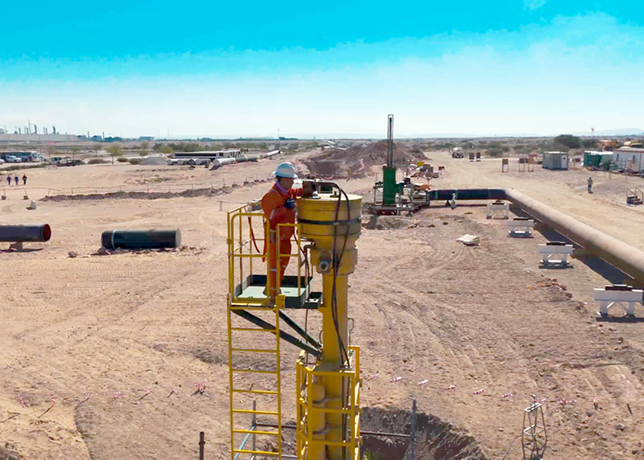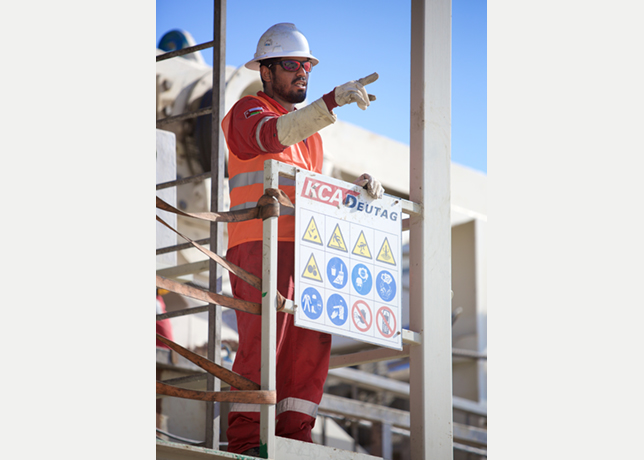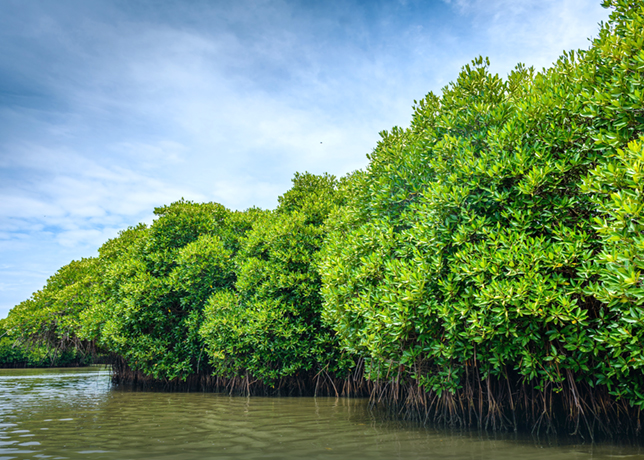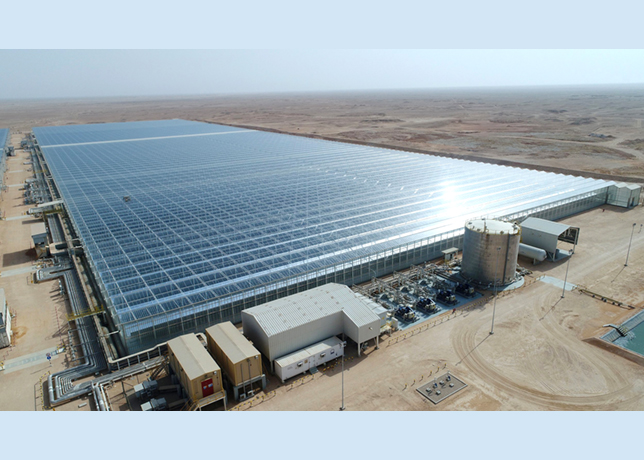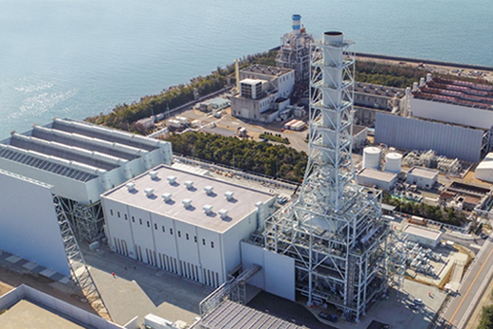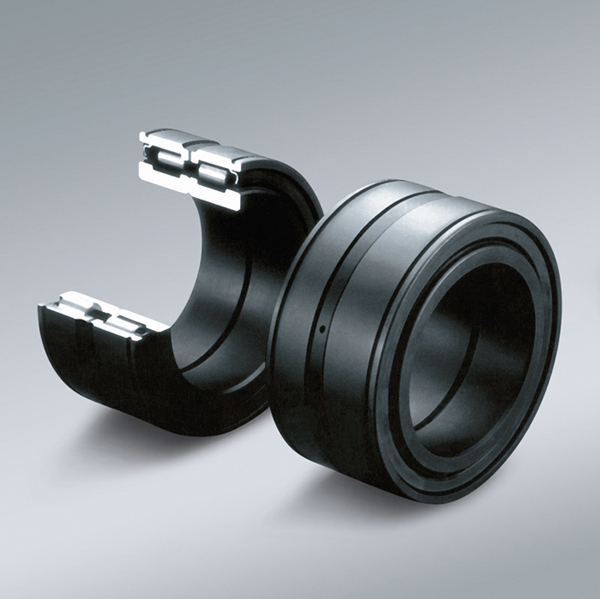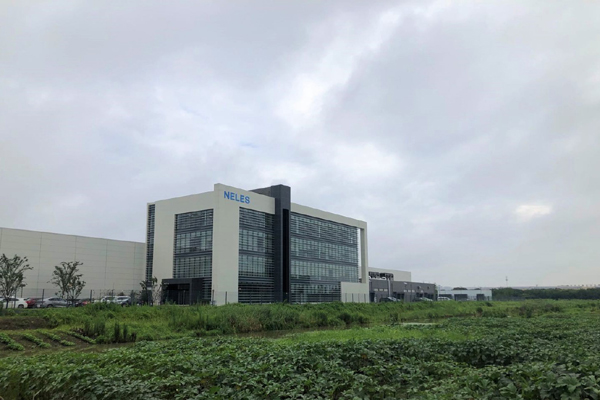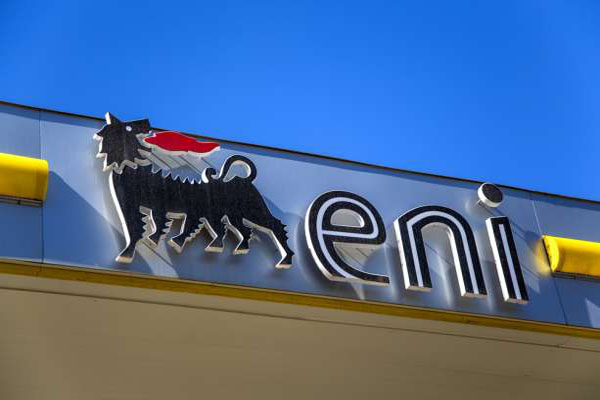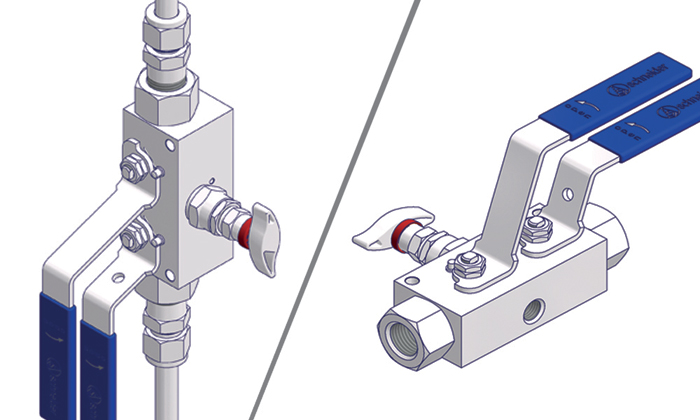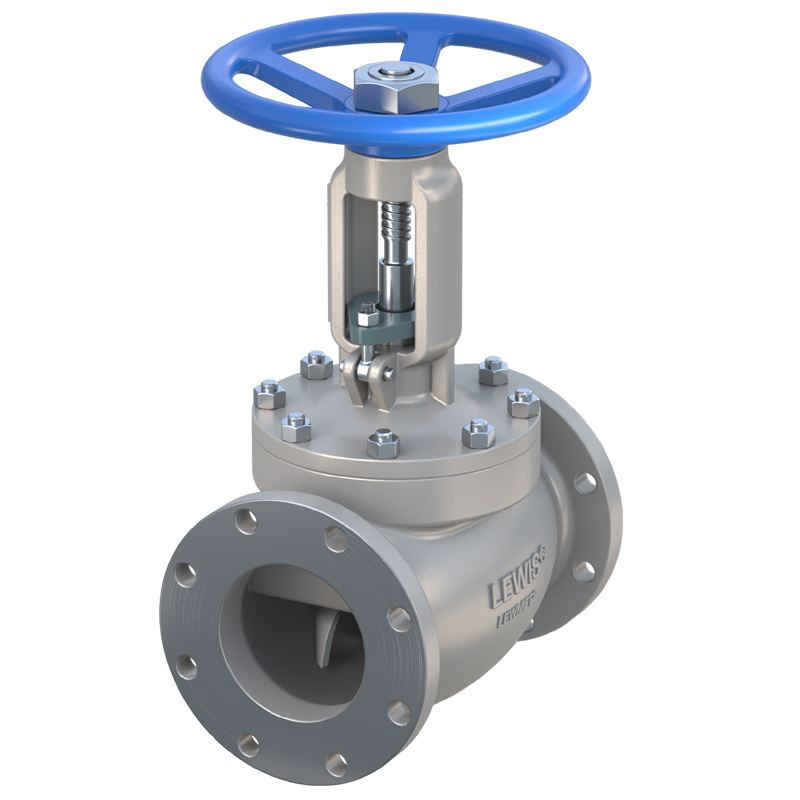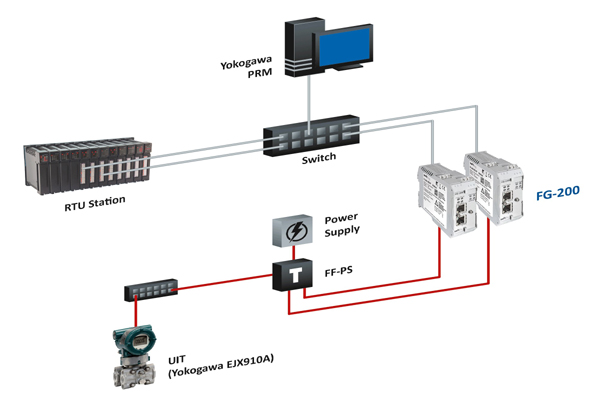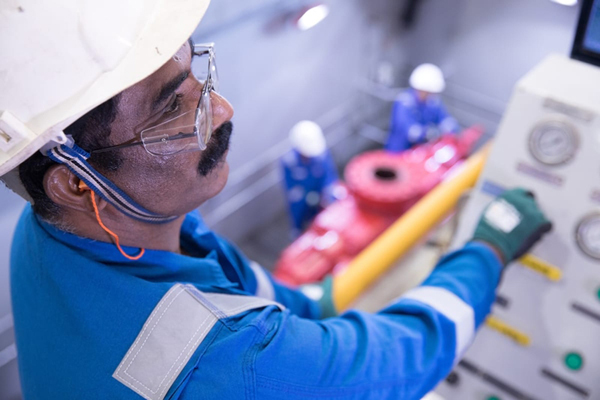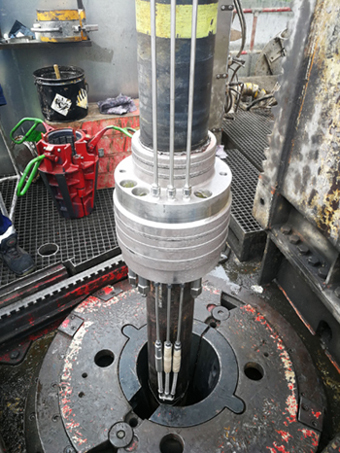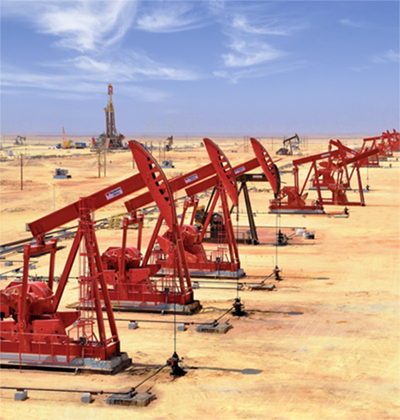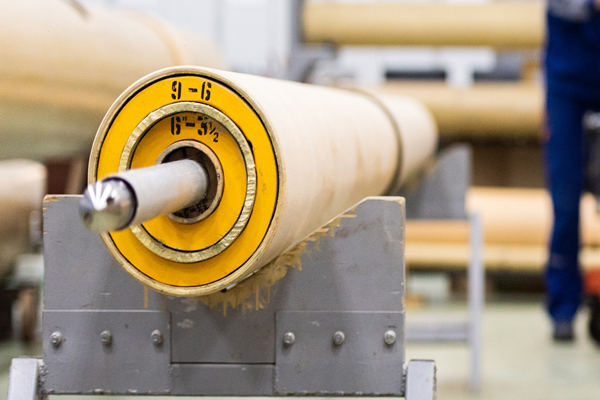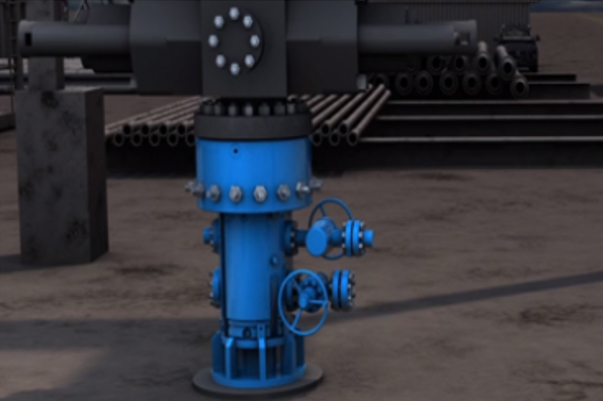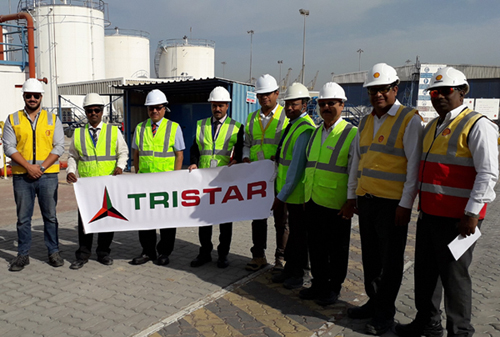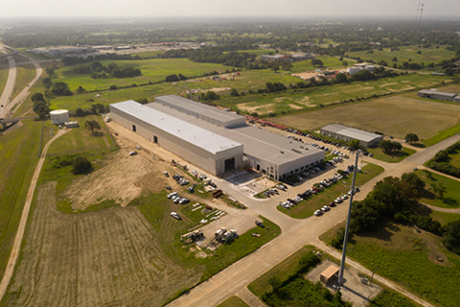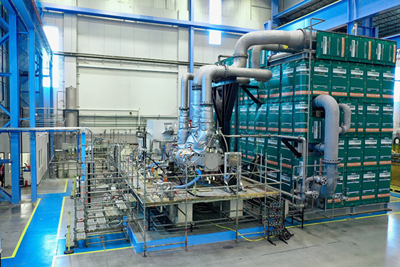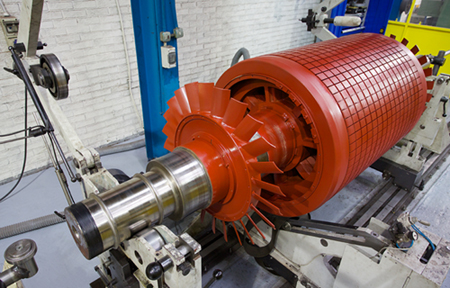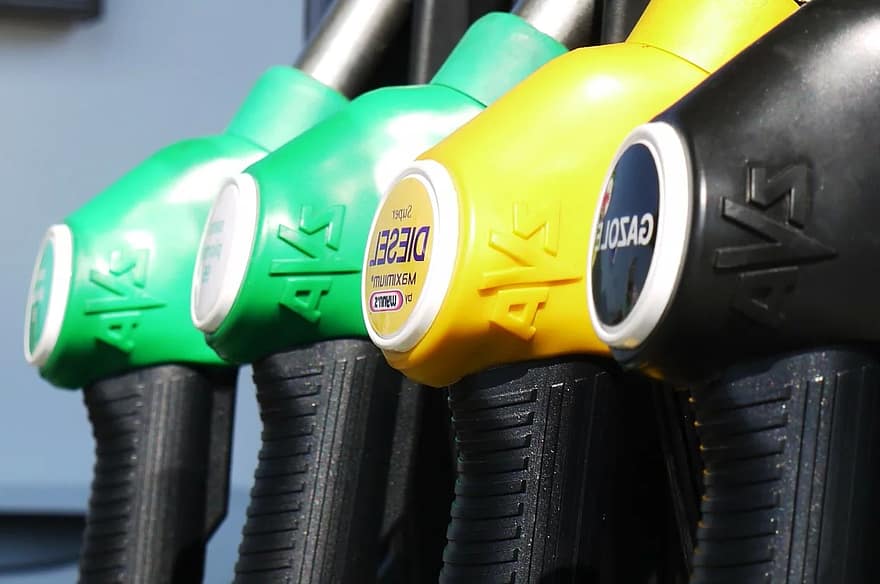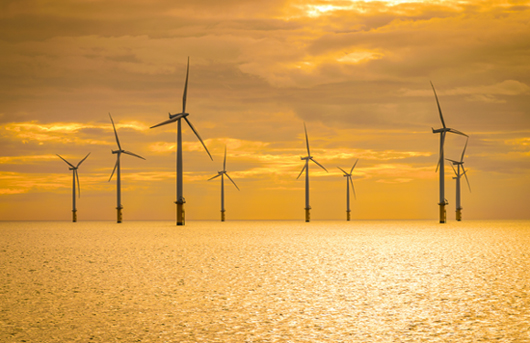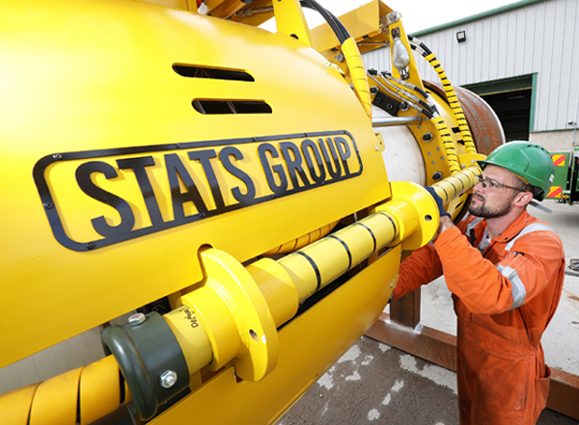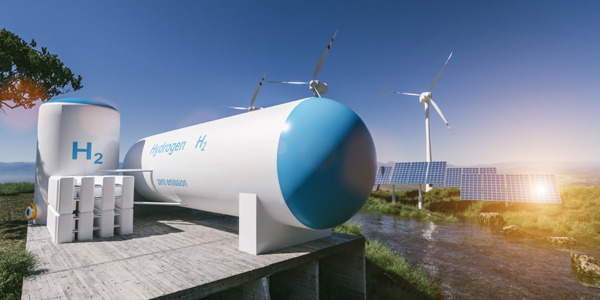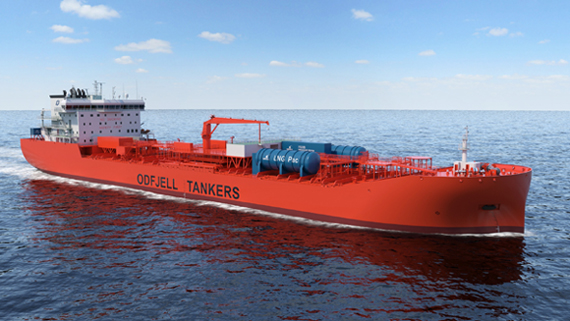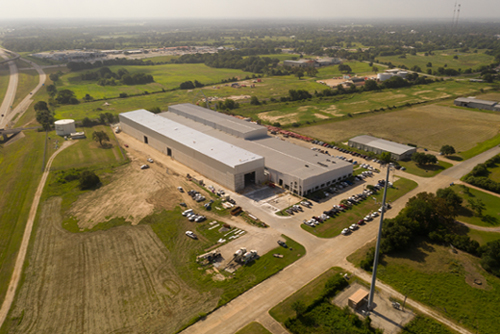

At the end of 2005 Gulf Petrochemical Industries Co (GPIC) stood at the pinnacle of success.
The company had performed exceptionally well in all areas of activities, was recognised internationally as a role model and had received the prestigious Sir George Earle Trophy from RoSPA, UK.
It would be difficult to imagine that anyone could improve on such outstanding corporate performance, but GPIC did just that.
The last year, 2006, saw the company grow in stature and achievements, set new records in terms of profitability and operational reliability and broaden its approach to human resource development.
Background
GPIC was formed in 1979 as a joint venture with equal shareholding by the governments of Bahrain, Saudi Arabia (represented by Sabic) and Kuwait (represented by PIC) with the objective of utilising Bahrain’s natural gas for the production of petrochemicals.
The first project consisted of reclaiming an industrial site of 60 hectares from the sea and constructing an Ammonia plant (330,000 tonnes/year), a Methanol plant (330,000 tonnes/year) and a comprehensive Utilities plant. Production started in 1985.
In 1989 the Ammonia and Methanol plants were debottlenecked to produce 400,000 tonnes/year of each product. In 1998 a 560,000 tonnes/year Urea plant and its marine export facilities were added downstream of the Ammonia plant.
By 2006 GPIC had become a role model for other petrochemical industries in the region. Its strength lies in people and the solid systems that have been developed to ensure reliable, safe, eco-friendly and economic operation.
The company used the success achieved in 2005 to re-examine itself and set a new vision and mission built on solid core values that describe the inherent character of GPIC.
Vision and Mission
The full management team attended a comprehensive strategic workshop over a number of sessions.
The outcome was a complete restatement of GPIC’s Mission and Vision. The Mission now reads:
To add value to our customers and stakeholders by meeting their expectations whilst:
• Producing high quality petrochemicals.
• Managing our business in a safe, environmentally friendly and socially responsible manner.
• Optimising resource utilistion.
• Embracing knowledge, innovation, creativity and ‘Best Practices’.
While the Vision of the company is defined as:
To be a global dynamic world class organisation of choice recognised for excellence.
In addition, the following Core Values were identified as providing the basis of the corporate culture of GPIC.
• Excellence
• Integrity
• Fairness
• Transparency
• Respect
• Creativity
• Professionalism
• Team Work
• Social Responsibility
Review
When reviewing the past year from different points of view the true dynamism, culture of excellence and appetite for achievement in GPIC become abundantly clear. A number of these points of view are provided and analysed here.
(a) Shareholders
Having invested $159 million in 1979/80, the shareholders of GPIC have witnessed a steady rise in net worth to around $487 million by end 2006. Nearly $500 million had been paid in dividends over the years.
The company has established an infrastructure of management systems and procedures to ensure that it would continuously add value to the shareholders with the existing facilities.
GPIC is also adequately geared to take advantage of potential future expansions and diversifications.
(b) Stakeholders
The company enjoys exceptionally good relations with bankers, insurers and re-insurers.
GPIC has demonstrated that, especially during 2006, it has the ability to operate and maintain the process facilities in the safest and most reliable manner, while caring for the environment and the people, both those employed by the company as well as the population of Bahrain in general.
In short, GPIC has become a role model of the Triple Bottom Line approach in modern management.
(c) Employees
GPIC has always maintained that its employees are the most valuable assets of the company.
During 2006 this concept gained new impetus with the appointment of a Human Resources Specialist to develop a comprehensive programme comprising a competency framework, performance management and a succession plan for the next decade.
As a further development in providing state of the art facilities to employees, an e-Learning Centre is being established at GPIC at present.
In addition, the attention to Safety and the Environment continued with even stronger emphasis on excellence in these two areas.
GPIC was awarded the RoSPA Chemical Sector Award for the third year running. The company’s sponsorship of environmental research and educational institutions in conjunction with the Ministry of Education gained ever greater importance and participation.
The environmental projects at GPIC also received further attention. An agricultural research facility incorporating a greenhouse is being established at present. The Fish Farm will also see a major expansion in the coming months.
(d) Marketing Partners
The task of the two marketing partners of GPIC, the two shareholding companies, Sabic, KSA (for marketing GPIC’s Methanol) and PIC, Kuwait (for marketing GPIC’s Ammonia and Urea) was rendered easier in 2006 by the continuously high level of reliable uninterrupted production.
Shipping schedules were easily and efficiently adhered to while the consistent high quality of products avoided any customer complaints.
Cooperation in terms of the marketing agreement reached new heights. The highest ever netbacks for products were achieved during 2006.
All indications are that these price levels are set to remain into the coming year.
(e) Kingdom of Bahrain
As the company was established specifically to produce petrochemicals and fertiliser from Bahrain’s natural gas while adding value and boosting exports, the country received the full benefit of GPIC’s operations.
Over the life of the company revenues in excess of $2.5 billion have been earned. Since nearly all revenues resulted from exports this amount constitutes a significant contribution to Bahrain’s foreign exchange reserve.
GPIC continued to provide employment opportunities and development programmes for Bahrainis.
The present level of Bahrainisation stands at 81 per cent of the workforce. GPIC is also a major contributor to other national developmental initiatives such as the Crown Prince’s Leadership Programme.
In addition to the economic contribution GPIC has demonstrated that it is a responsible member of the society.
Long before the introduction of legislation or guidelines to control industrial pollution levels the company had, of its own accord, established standards of safety and emission control measures that comply with the most stringent modern international benchmarks and scrutiny.
The practical environmental demonstration projects such as the Charity Garden, Green Areas, Fish Farm, Bird Sanctuary and Herbal Garden on site remain the conclusive demonstration of industry and environment co-existing in harmony.
GPIC, during 2006, enhanced and broadened its range of contributions to charitable organisations in the Kingdom.
Current Situation
What has GPIC achieved during the twelve months since celebrating receipt of the Sir George Earle Trophy? (See the full list of awards and achievements on Page 19).
In addition, GPIC recorded a unique year during 2006.
The company set a new record in terms of profitability by earning profits in excess of $160 million.
It maintained its contribution to shareholders in terms of dividends, to the society in terms of donations and active involvement and it enhanced and established developmental facilities and opportunities for its workforce.
However, it was in the international arena where GPIC started making a decided impact.
Under the leadership of General Manager Abdul Rahman Jawahery, the contribution of GPIC to international organisations started to take a definitive shape. Jawahery is the Chairman of the International Fertilizer Association’s Technical Committee.
The thrust and composition of this committee have been adjusted to meet the present international challenges with GPIC making a substantial contribution. Similarly Jawahery’s involvement and association with the Arab Fertilizer Association (AFA) and the Gulf Petrochemical and Chemical Association (GPCA), have brought about essential changes that have made major contributions on an international level.
Conclusion
It is therefore abundantly clear that GPIC as a company has not rested on its laurels. It has set itself new targets and met new challenges on a wider and more comprehensive front to advance towards its vision in all aspects of its operations.
The future must auger well for this truly professional and dynamic organisation.










